Victor Hugo’s Home and Museum
Hugo’s literary fame rests not only upon his novels, but also upon his poetic and dramatic achievements. Among many volumes of poetry, Les Contemplations and La Légende des Siècles stand particularly high in critical esteem, and Hugo is sometimes identified as the greatest French poet. Outside France, his best-known works are the novels Les Misérables and Notre-Dame de Paris (known in English also asThe Hunchback of Notre Dame).
In hommage to the internationally acclaimed author, the city
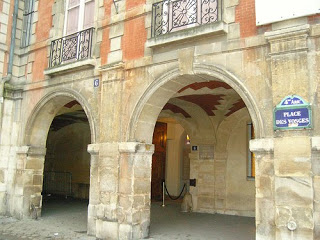
of Paris conserves his house to display original manuscripts and memorabilia.
It is now a city run museum, open to the public free of charge, 9 a.m. to 6 p.m., but closed on Mondays.
Found in the southeast corner of the square at 6, Place des Vosges.
Hôtel de Sully
On the southwest corner of the Place des Vosges, a secret door open only during the day, allows entry to the fantastic Hotel de Sully Gardens. This secret garden is framed by a delightful Renaissance style mansion with Baroque elements was built between 1624 and 1630. Maximilien de Béthune, the first duc de Sully, minister of finance and superintendent of buildings for Henri IV, bought the Hotel in 1634 thereby giving
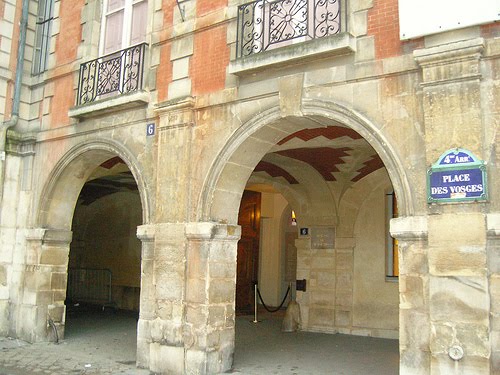
it the name it has today. The Hotel de Sully continued to be owned by the family until the mid-18th century.
The building is now a photography museum. Housed in the east wing is the
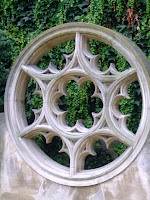
Information Center for the Center of National Monuments, which manages over a hundred national monuments and publishes books on national heritage. This is the place for getting information, free maps and brochures on museums and monuments. You’ll find it open Monday-Friday from 9 a.m.-12:45 p.m. and from 2 p.m.-6 p.m., and until 7 p.m. on Friday.
A must-see bookshop on the ground floor of the west wing will tantilize you with books about anything French and inspire you with it’s painted beamed ceiling, a good example of renaissance design.
Cross through another passage and you’ll find a courtyard with enchanting statues representing the four seasons. This south courtyard, which opens onto rue Saint Antoine and at one time welcomed carriages, separates the mansion from the bustle of the street.
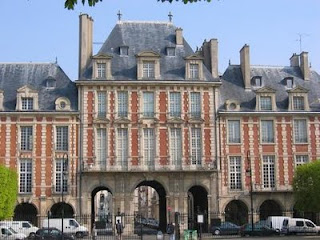
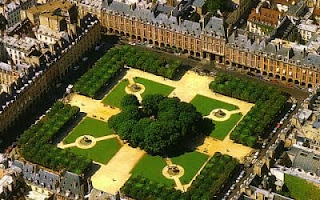
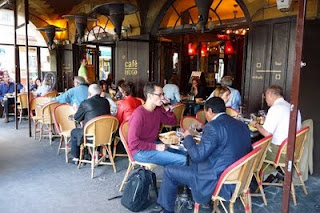




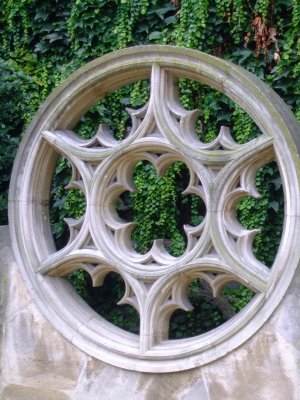
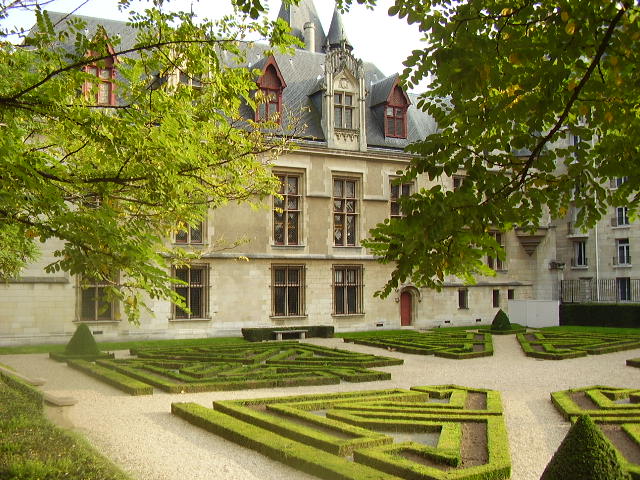
The picture under the arcades in place des Vosges is one I took, you can see more pictures I've taken in Paris at http://www.davidphenry.com/Paris/index.htm—David Henry